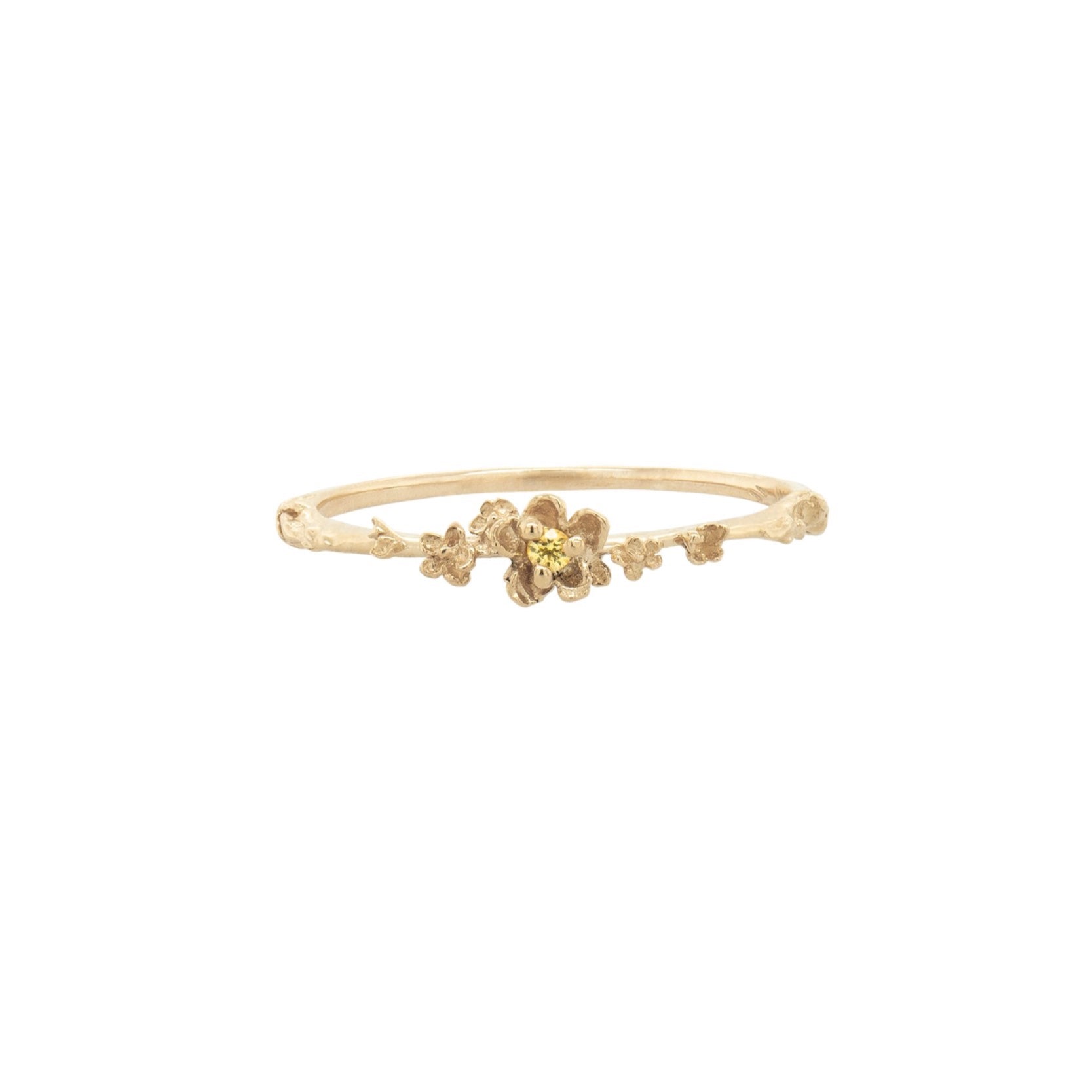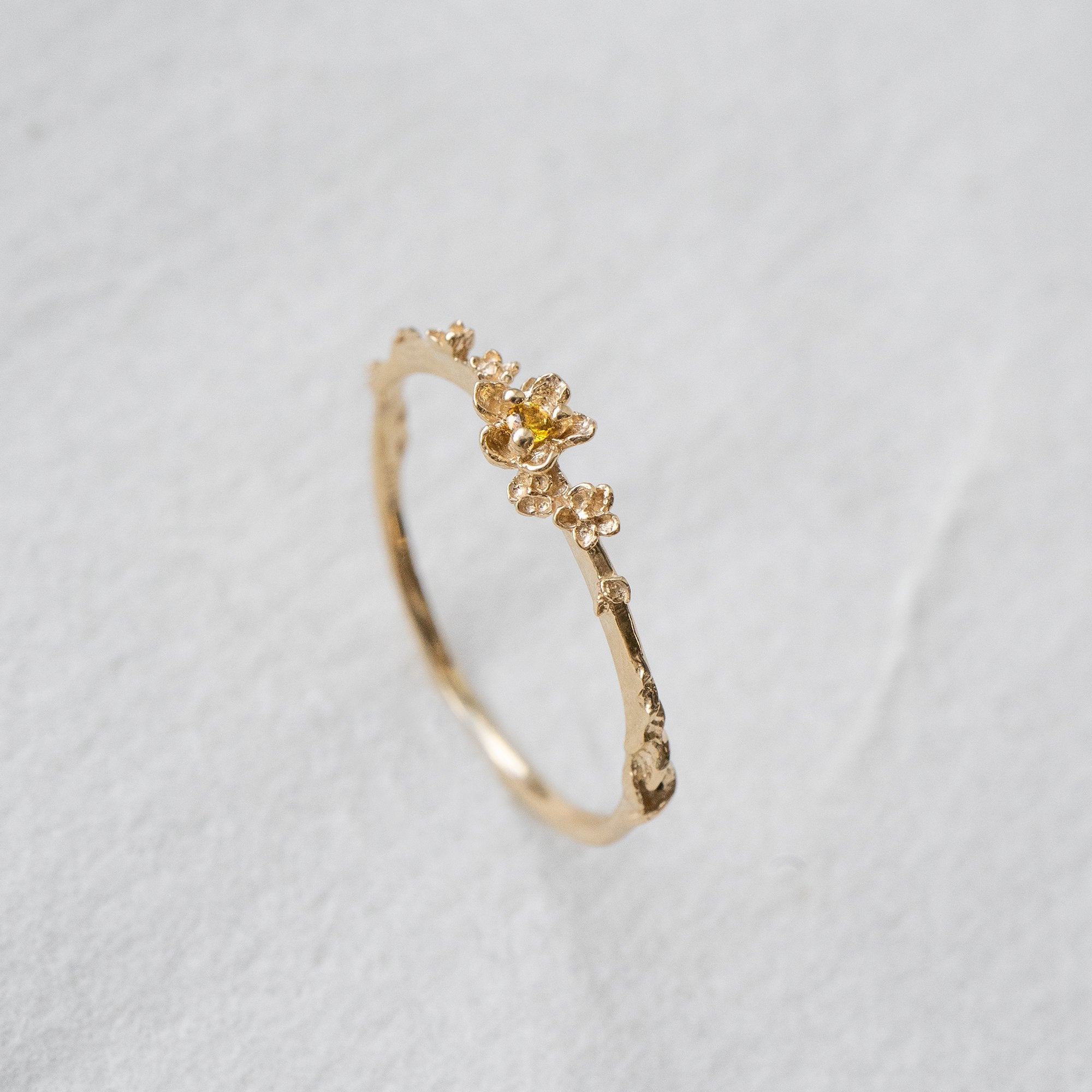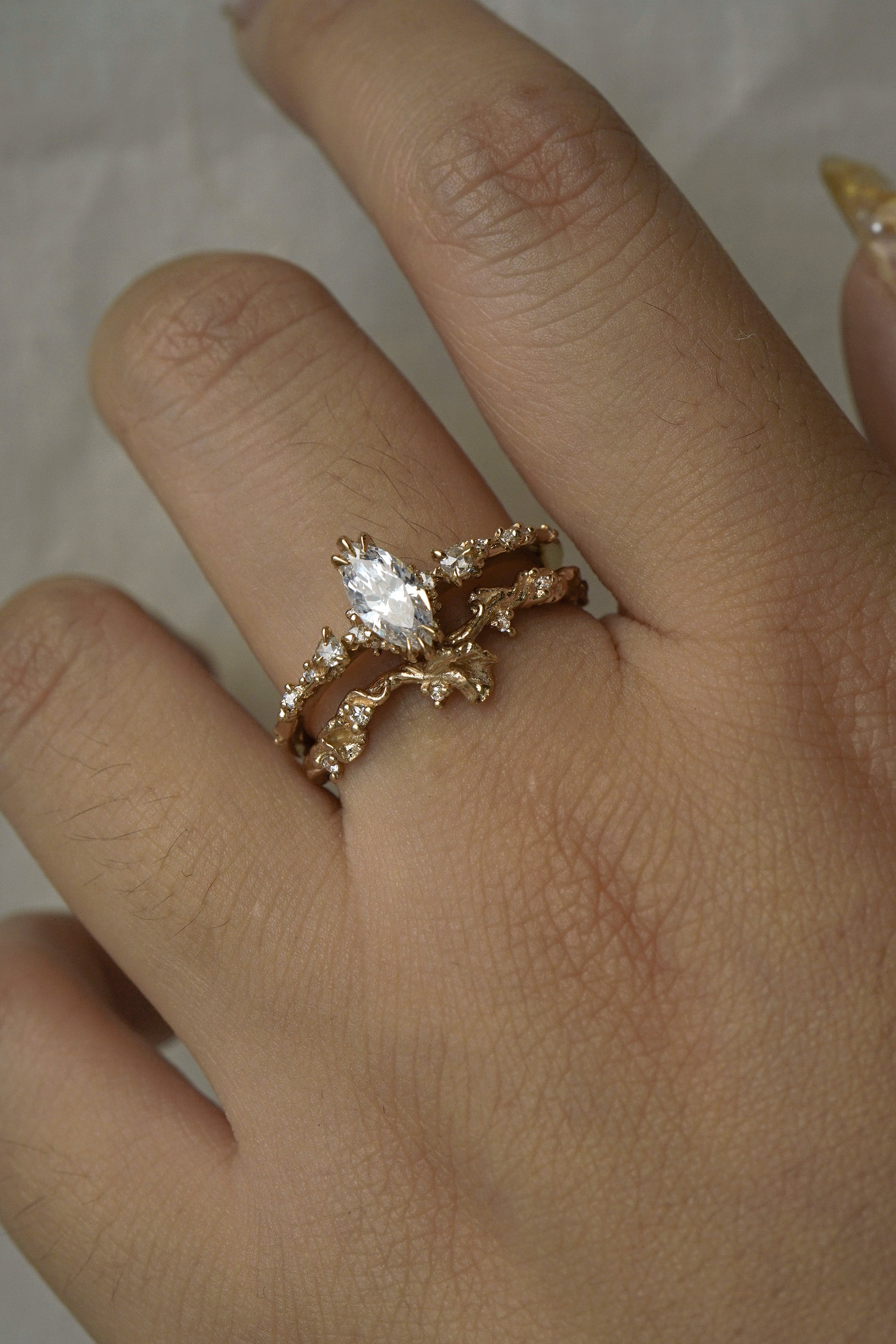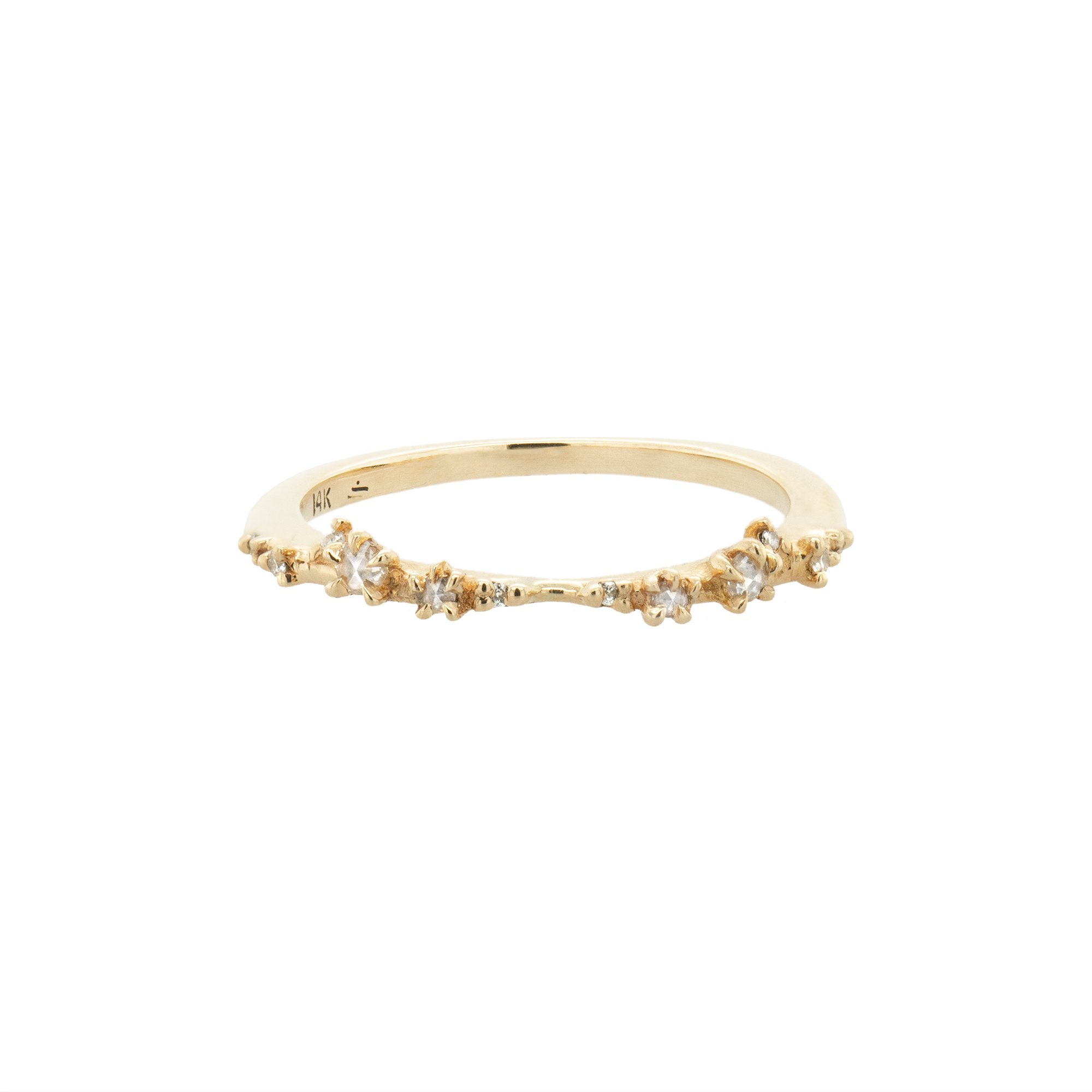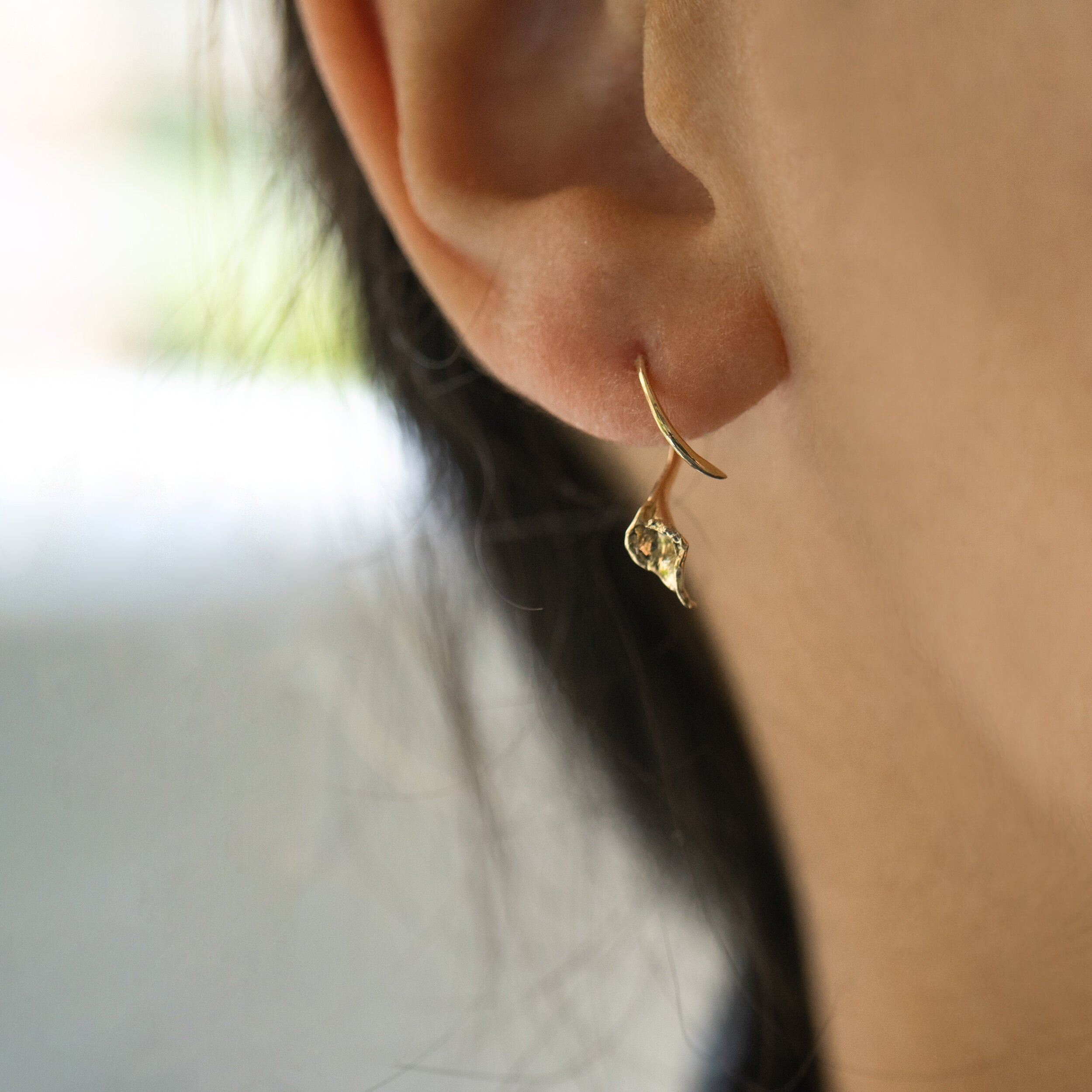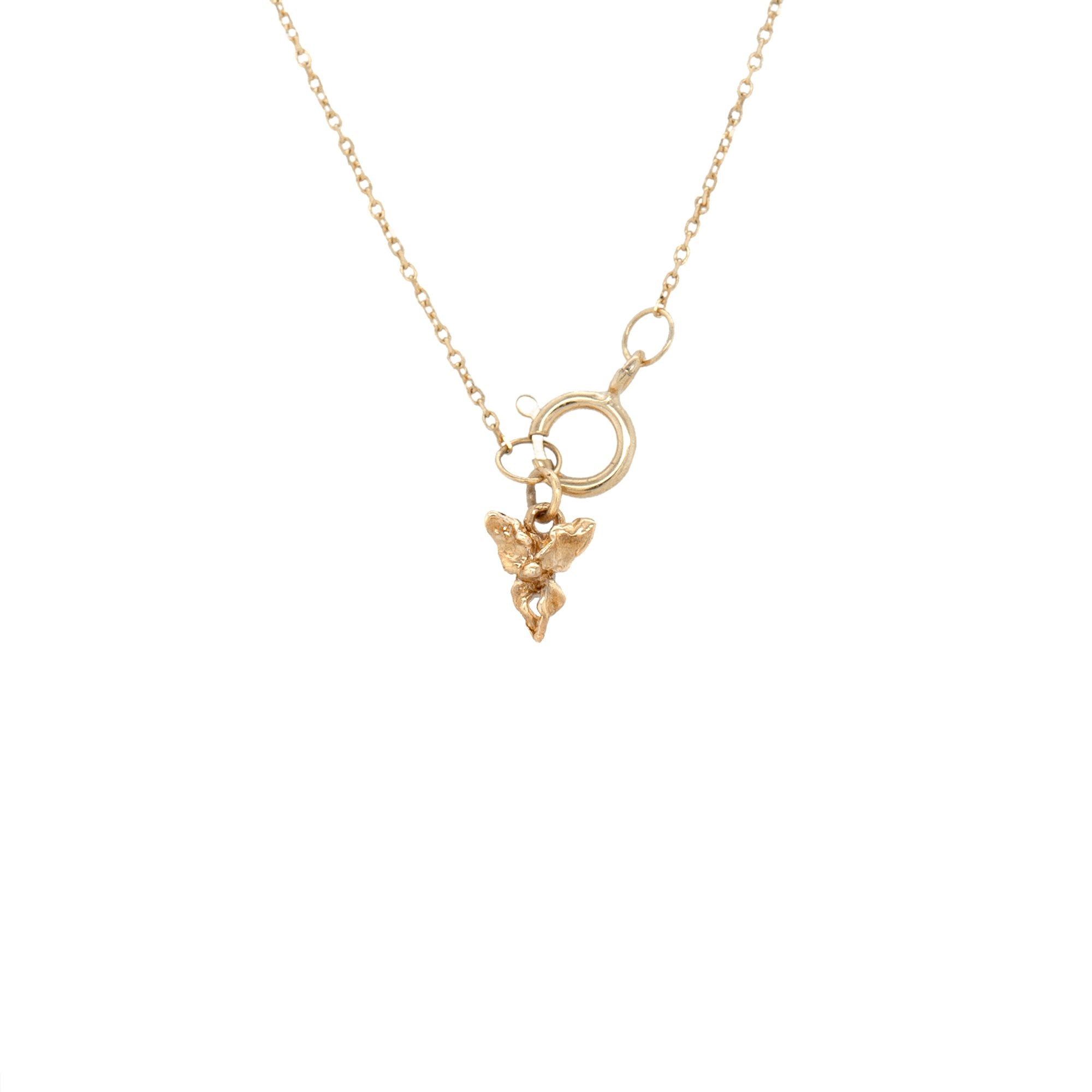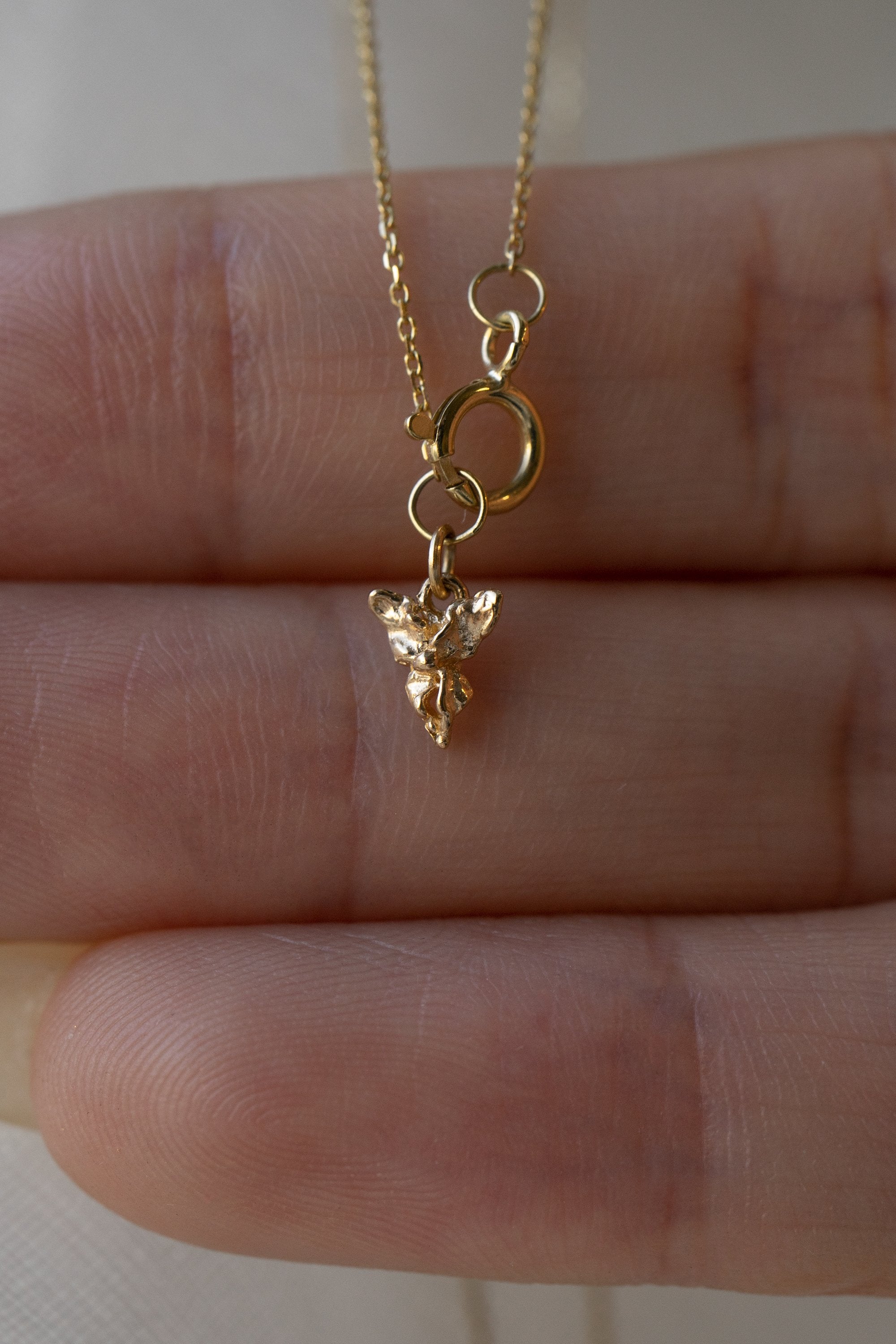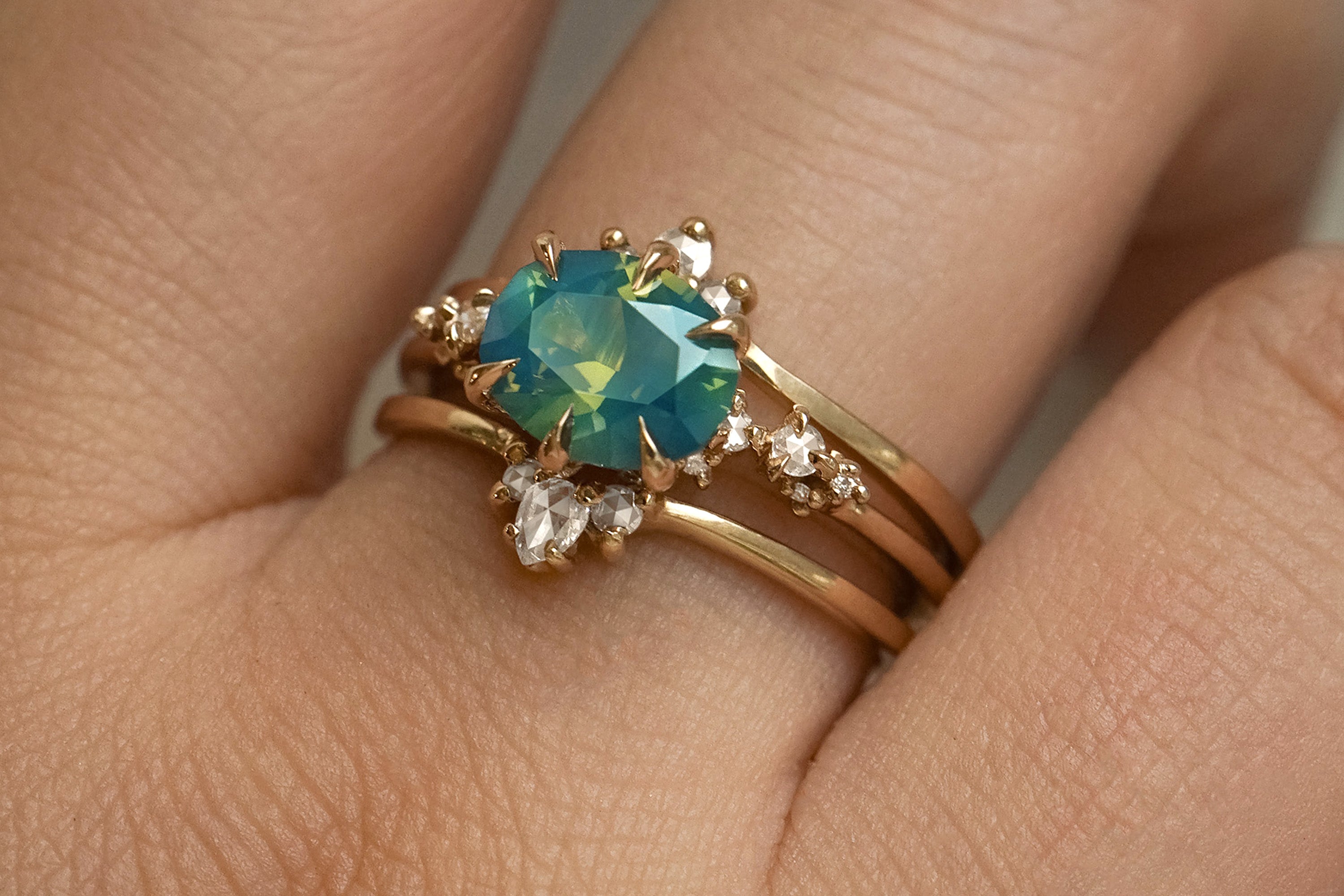Sapphires are some of the most magical stones on earth! Sapphires and rubies are both a mineral called corundum, and when they're red, they're called rubies, but if they're any other colour, they're sapphires. Sapphires are the second most popular stone for rings, thanks to their durability (a 9 on the mohs hardness scale, making them very resistant to long-term everyday wear) and beauty. Sapphires come in all shapes and colours, and while the traditional colour associated with sapphire is a vibrant, clear blue, there are many other options waiting to be discovered.
Like diamonds and most other gemstones, for many years sapphires were prized for having a high degree of clarity; the clearer the stone, the more valuable it would be. This is because finding clear, inclusion-free stones is extremely rare. Today, as fine jewellery has moved beyond a simple expression of wealth to an appreciation for art and beauty, individuals are seeking out sapphires in a wide variety of beautiful colours and, sometimes, with enchanting characteristics.
Stones that would have once been considered "lower quality" because of their clarity are now being appreciated and sought-after for the enchanting ways they play with light and colour. Read more to learn about these unicorns of the sapphire world.
Silky, Misty, Milky - What does it mean?

When we say "silky," "misty," or "milky," we are usually referring to a sapphire that has a hazy glow to it. These sapphires don't have perfect clarity to allow for bright sparkles. Instead, they have what gemologists call "rutile silk," or microscopic crystals in the formation of the sapphire that diffuse the light.
When sapphires form in the earth, they (like any gemstone) can have impurities from other elements or variations in the growth of the crystal. Silk is formed when other minerals in the sapphire crystallize in a microscopic lattice of needles, like gossamer woven through the stone. When light passes through these needles, it gets distorted and diffused, leading to the gentle "glow" we so admire.


It's possible for sapphires to have silk as well as inclusions, just as a sapphire can have silk and still be considered "eye clean." Since the silk itself is only noticeable for the way it plays with light, sapphires like the green oval cut Gombe sapphire in the Ilona photographed above can have no eye-visible inclusions, and still have a marvellous play of light with bright sparkles that are just a little bit softened at the edges, the colours a little bit richer.
The raspberry pink pear cut Umba sapphire on the right has both silk, giving it an enchanting glow, and inclusions in the form of more prominent crystals and speckles (very common for Umba origin sapphires!). The interplay between silken glow and unique inclusions make such sapphires extremely rare, unique, and cherished. We will never be able to find another sapphire exactly the same!
Sometimes, when a sapphire's silk is very light, it can give sapphires a milky or cloudy appearance. This can be even across the whole stone, or it can be more localized in certain areas, like the rose cut pink sapphire Ilona ring below. This can result in the same stone looking quite different from a variety of angles!

Opalescent sapphires

Sometimes, a sapphire can be mainly one colour, but have a silky appearance that causes flashes of a secondary colour - we call these sapphires "opalescent" for their stunning iridescence reminiscent of an opal. These are, in our opinion, the most magical of sapphires. These sapphires are rare to find and are each very unique, making an opalescent sapphire a wonderful choice if you want an engagement ring that is both otherworldly and truly one of a kind. On the left, we have a milky lavender opalescent sapphire showing flashes of golden yellow on a Nereid ring.
 We've been fortunate to work with a number of stunning opalescent sapphires, which can come in a variety of colours, but are most often seen in blue-green/teal sapphires with yellow flashes (like the Nereid ring pictured on the right with a 3.15ct Gombe sapphire), lavender/pink with flashes of yellow/orange, and hot pink/purple with flashes of pink/orange.
We've been fortunate to work with a number of stunning opalescent sapphires, which can come in a variety of colours, but are most often seen in blue-green/teal sapphires with yellow flashes (like the Nereid ring pictured on the right with a 3.15ct Gombe sapphire), lavender/pink with flashes of yellow/orange, and hot pink/purple with flashes of pink/orange.
If you're interested in an opalescent sapphire for a bespoke piece, it's best if you are open to a variety of colours, sizes, and shapes. We will always try to prioritize finding your top preference, but since the availability of opalescent sapphires is quite limited, we can't guarantee we'll be able to find exactly what you're looking for.
But they're so pretty! Why are there so few of them available?
Funnily enough, silky and opalescent sapphires are very common in nature! However, for many years, this silky appearance was not considered desirable to consumers, who wanted their sapphires to be as clear as possible.
When a sapphire is exposed to very high heat, its molecular structure can change, which can change the way light interacts with the stone, improve its clarity, and deepen its colour. During this process, rutile silk crystals can actually be dissolved and re-absorbed into the sapphire, resulting in a clearer appearance. Heat treatment of sapphires has been documented for centuries, and is an accepted practice in the gemological trade. The results are stable and permanent, meaning once a sapphire has been heat treated, it cannot be reverted to its natural state.
Most sapphires available in the market have been heat treated. This is because heat treatment occurs before the gems are cut -- often before the rough even leaves the mine. It's still the standard in the industry that clear sapphires are considered more valuable, so heat treated rough can fetch higher prices and earn mines more money. For unheated rough sapphire to reach a gem cutter is fairly uncommon, unless the supplier is intentionally trying to find these silky stones (which is rare), or they believe the natural stone might be more valuable without treatment (such as if it already has impressive colour/clarity).
Because it's so common in natural sapphires, rutile silk is one of the most reliable ways to determine if a sapphire has been heat treated. Even when the silk itself dissolves, it often leaves behind ghosts; traces of the impurities that didn't dissolve in the treatment, trapped in their original places.
As silky and opalescent sapphires grow in popularity, it's possible more sapphire rough will be able to make it beyond the mine untreated, and we will see more of these magical stones become available. Much like how salt and pepper diamonds were once considered too "low quality" for the jewellery industry, as designers started to use them more and more in their designs, they gradually became more readily available as mines and gem cutters realized there was a market for them.
This has the paradoxical effect of making these high quality silky and especially opalescent sapphires more expensive, because they are highly sought after by a niche market and are still so rare to find -- at least for now!
The beauty of an untreated sapphire can be unparalleled, and we love working with these completely one of a kind, mystical stones. If you ever see an opalescent sapphire and fall in love, be sure to be quick! We probably won't be able to find anything quite like it ever again.

